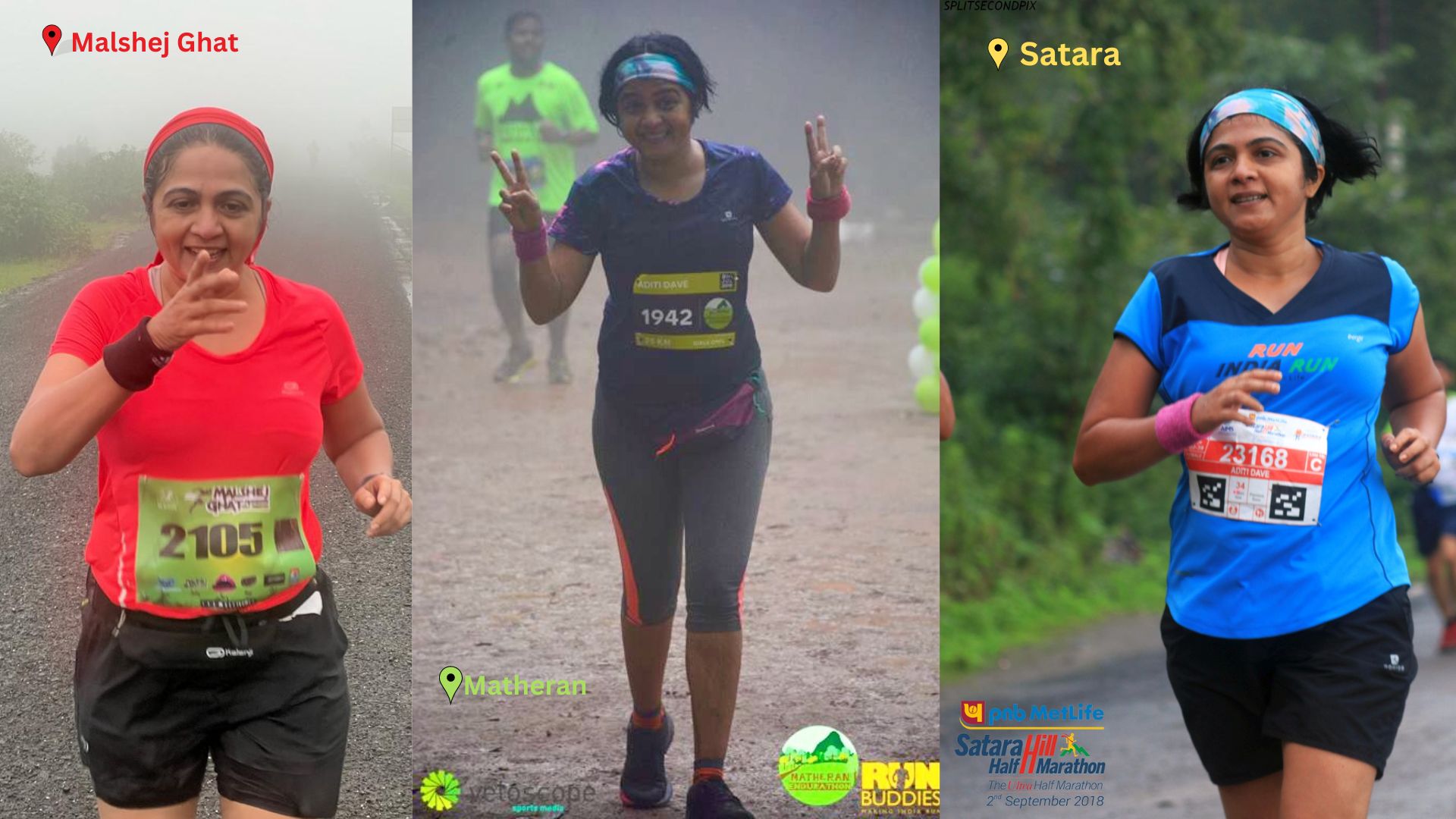
Running Marathons in Monsoons: Challenging Terrain, Breathtaking Beauty, & Personal Triumphs
As the monsoon season arrives on the Western coast of India, people rejoice in relief from the sweltering heat that engulfed them during the hot summer months in India. For runners across the country, it marks the beginning of that time of the year when we embark on long distances without worrying about getting heatstroke. So, like most runners, I, too, plan for my marathon races beginning in the monsoon months.
While summers are meant for building strength and quads, monsoon means starting to run longer distances and finding amazing races to participate in. I have participated in some amazing marathons during the monsoon season and thoroughly enjoyed the experience, despite the wet shoes, soggy socks, and soaked running attire.
India hosts many monsoon marathons, and the season typically starts in mid-June. Nowadays, every city and area organizes some races, providing runners with numerous choices and no excuses to say no. However, if you want to have some awesome experiences and participate in exciting and challenging monsoon races, I can share some of my experiences.
Taking on the challenge in the Western Ghats
Most of my monsoon races have been centered in the Western Ghats in Maharashtra because the monsoons here are incredibly beautiful. The Western Ghats, also known as the Sahyadri Mountain Range is a UNESCO World Heritage site and a region of rich biodiversity covering almost six states of India. The rocky mountains covered in a green tapestry, the naturally formed waterfalls, and the challenging climbs on slippery slopes make monsoon marathons in the Western Ghats region in Maharashtra a challenging and extraordinary experience.
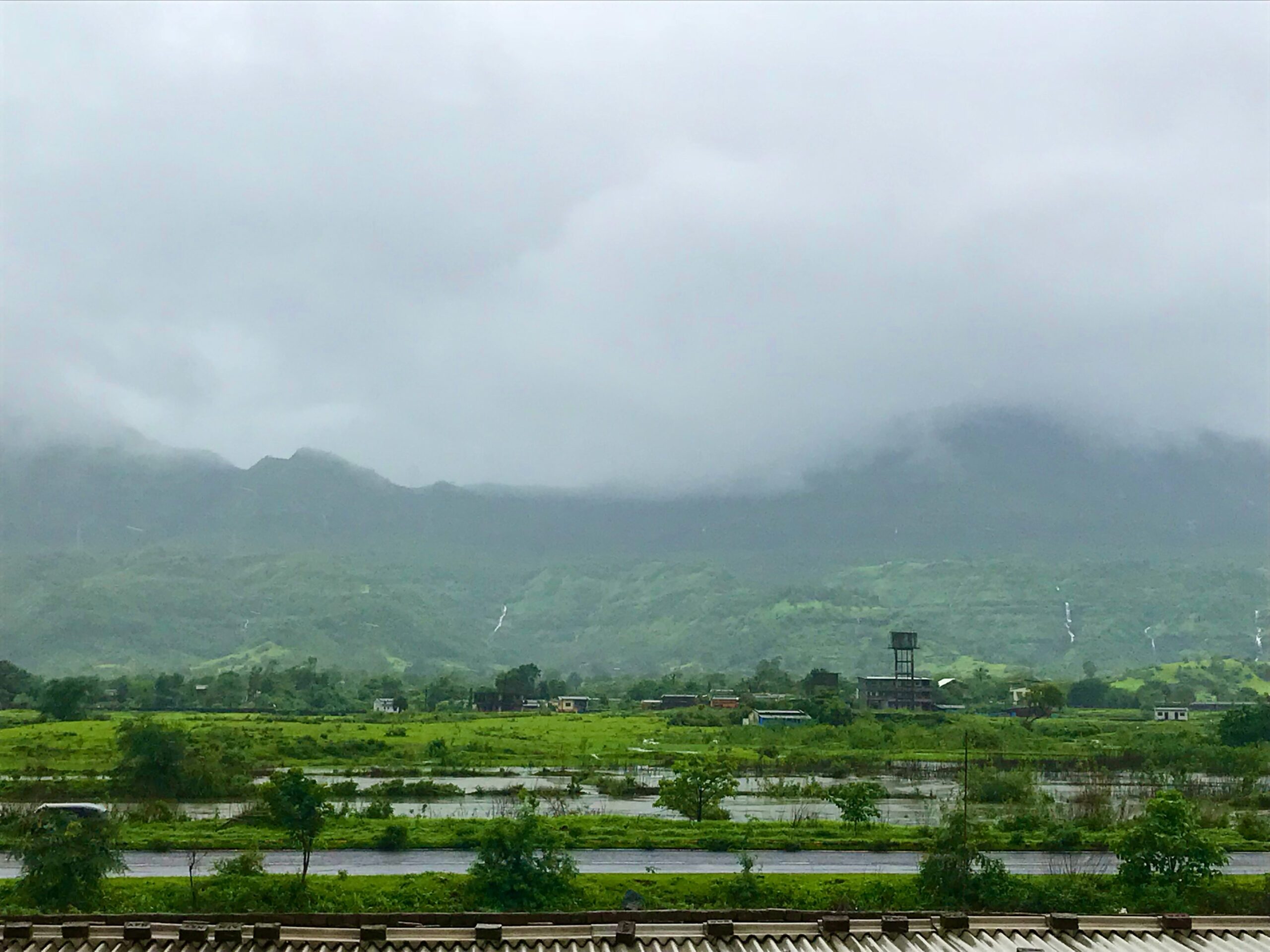
Of course, I have also participated in Mumbai monsoon marathons since it is the city I live in and is known for its grand monsoons. Mumbai rains are mesmerizingly beautiful, but the city faces challenges like open drains, low visibility, flooded roads, and heavy traffic during the season. So, if you are a runner practicing for any of the monsoon marathons, please be careful about open drains and the traffic situation, and ensure you have the proper nutrition to save yourself from cough, cold, and nasty monsoon infections.
Additionally, for monsoon marathons, planning at least three months is advisable. While most races may accept registrations until late, finding comfortable accommodations becomes difficult, and they tend to be filled with tourists enjoying the monsoon magic. Also, traveling during heavy rainfall to different locations can become challenging.
Matheran Endurathon: Conquering a Hilly Terrain in the Monsoon
Let me start by sharing about my memorable monsoon race experiences in the tiniest hill station of India, the Matheran Endurathon, which took place in 2018. At that time, I had already accomplished the half-marathon distance (21.1 km) and was ready to accept the challenge of running a full marathon (42.195 km) in 2019. I wanted to break the mental barrier of 21 km and go for a longer distance. In June, a company named Runbuddies announced the Matheran Endurathon, offering distances of 5 km, 10 km, 25 km, and 50 km. I decided to go for the 25 km distance in the hilly terrain.
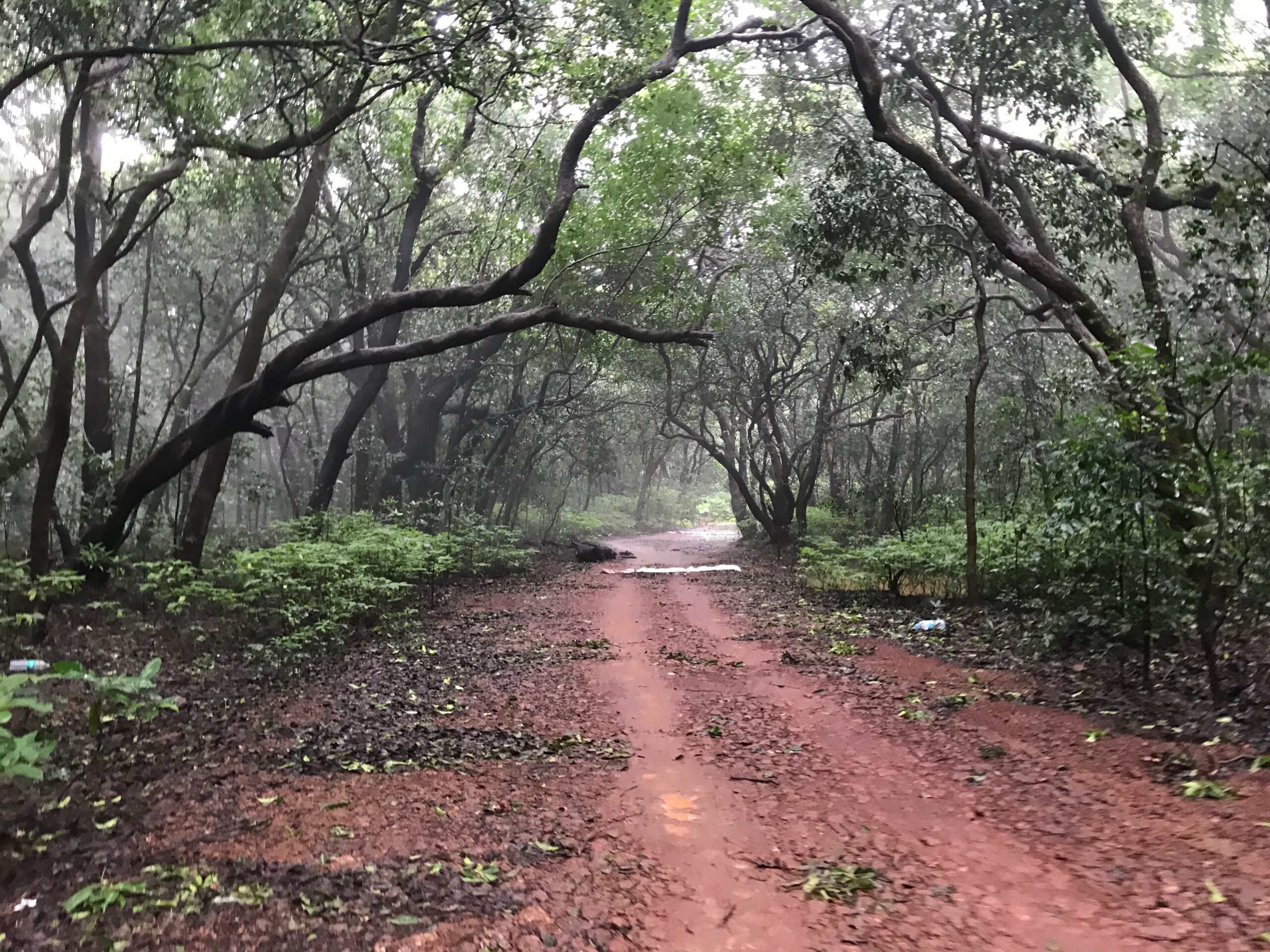
The Enchanting Beauty of Matheran: A Monsoon Adventure
Matheran, located in the Western Ghats, is Asia’s only automobile-free hill station. The hill station has a peculiar red rocky terrain surrounded by deep lush green forests. There are a few lakes, viewpoints, and options for horse rides. Matheran takes on a spectacular form during the monsoons when the waterfalls are roaring, and the forests are misty and greener. There are some old colonial-era bungalows available for stay and lots of touristy things to do. Matheran also has a toy train connected with the Neral station, but it is not operational during monsoons.

Since Matheran is just 90 km away from Mumbai and is easily accessible by local trains, I have visited the place a couple of times and have some fond memories. On my first visit in 2004, I got a shoe bite from walking too much, and another time, a huge monkey entered our room to steal our food. In 2018, I was ready to challenge my mind and body again with a run of 25 km.
Battling the Elements: Rain, Trains, and the Journey to Matheran
The day before the marathon, I had to travel to Matheran, and it happened to be the heaviest rainfall day of the season in Mumbai. I was wondering if the event would even take place because the local trains had stopped for some hours. I was uncertain if I should step out of the house, and my mother was pestering me to cancel the trip.
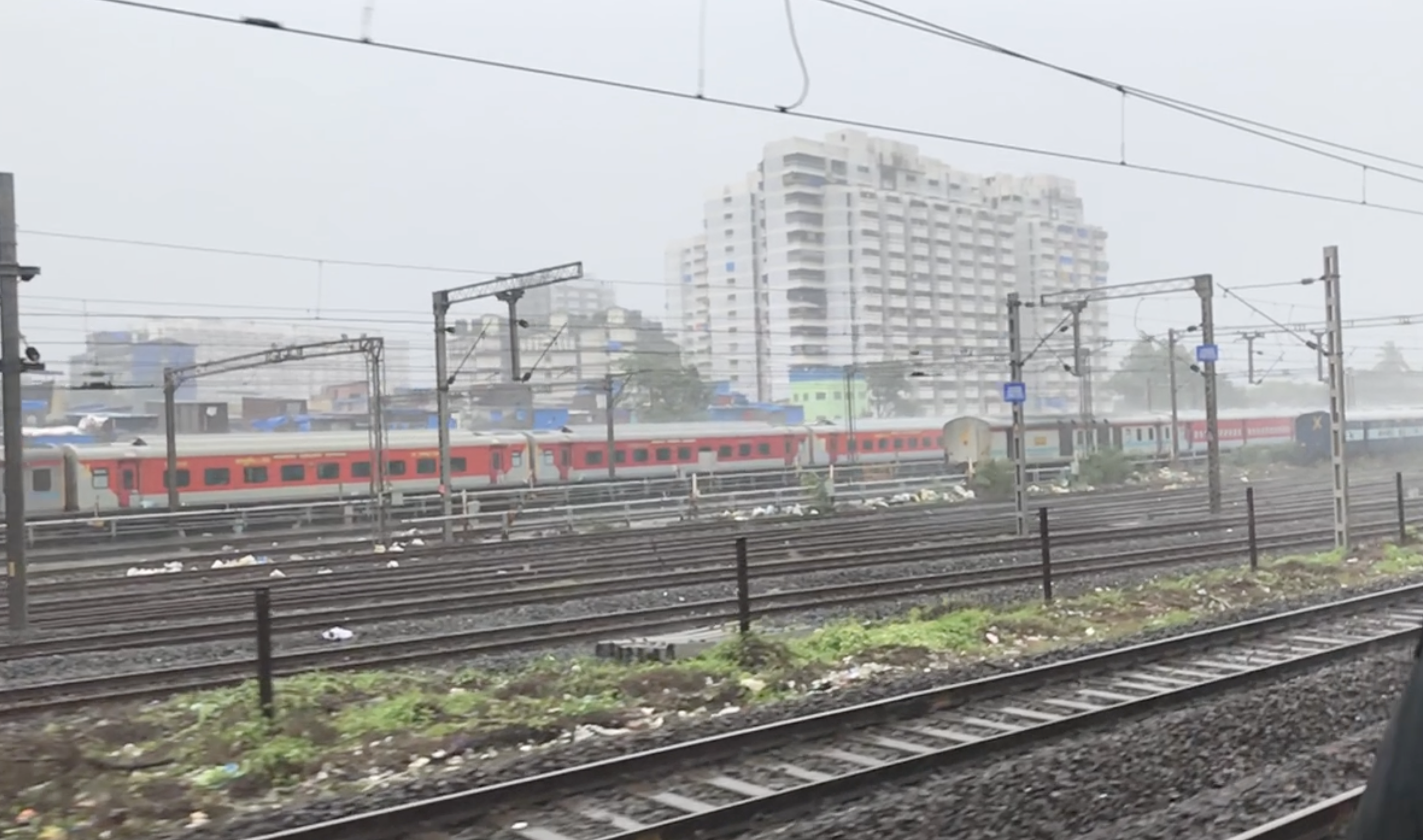
But being an adventurous soul, I couldn’t resist making an attempt. I called the organizers, who confirmed that the event was still happening. Fortunately, the local trains had started operating, indicating that Mumbai was on the move. In the monsoons, Mumbaikars gauge the situation by the functioning of local trains. If they are running, then we know we’re good to go.
So, I boarded the local train, wondering if I would ever reach my destination. The train was quite full, so I was sure that I would not be alone in the situation even if the rains became more fierce and trains stopped. But thankfully, the rains and the trains both continued to run in a weirdly similar rhythm. By the time I arrived at Neral station, from where one embarks uphill to Matheran, the rain had subsided, and I was able to meet up with my fellow runner friends at the station. We managed to catch a cab to the venue in Matheran. Although it was disorganized due to the havoc wreaked by the rains, we were able to secure our rooms and enjoy a light dinner before resting for an early morning start.
Running Amidst Nature’s Majesty: Exploring the Mesmerizing Race Route
There weren’t many runners, maybe about 100 or 200, yet quite a number considering the crazy rainfall the day before. The race route was quite mesmerizing with a canopy of trees, the moist breeze, the scattered rainfall, and the red earth soaked in rainwater. I thoroughly enjoyed the route and didn’t worry much about my timing.
I was totally immersed in the beauty of nature surrounding me, and there was a moment underneath the lush green canopy of trees where I felt like the only person running as rain soaked me wet and the slippery mud clinging on to my shoes. It scared me for a brief moment, but that fear was overshadowed by the mysticism of nature. It was a unique experience for me as a road runner to navigate uneven terrain, and I ended up twisting my leg a couple of times, highlighting the importance of wearing different types of shoes for mountainous terrains.
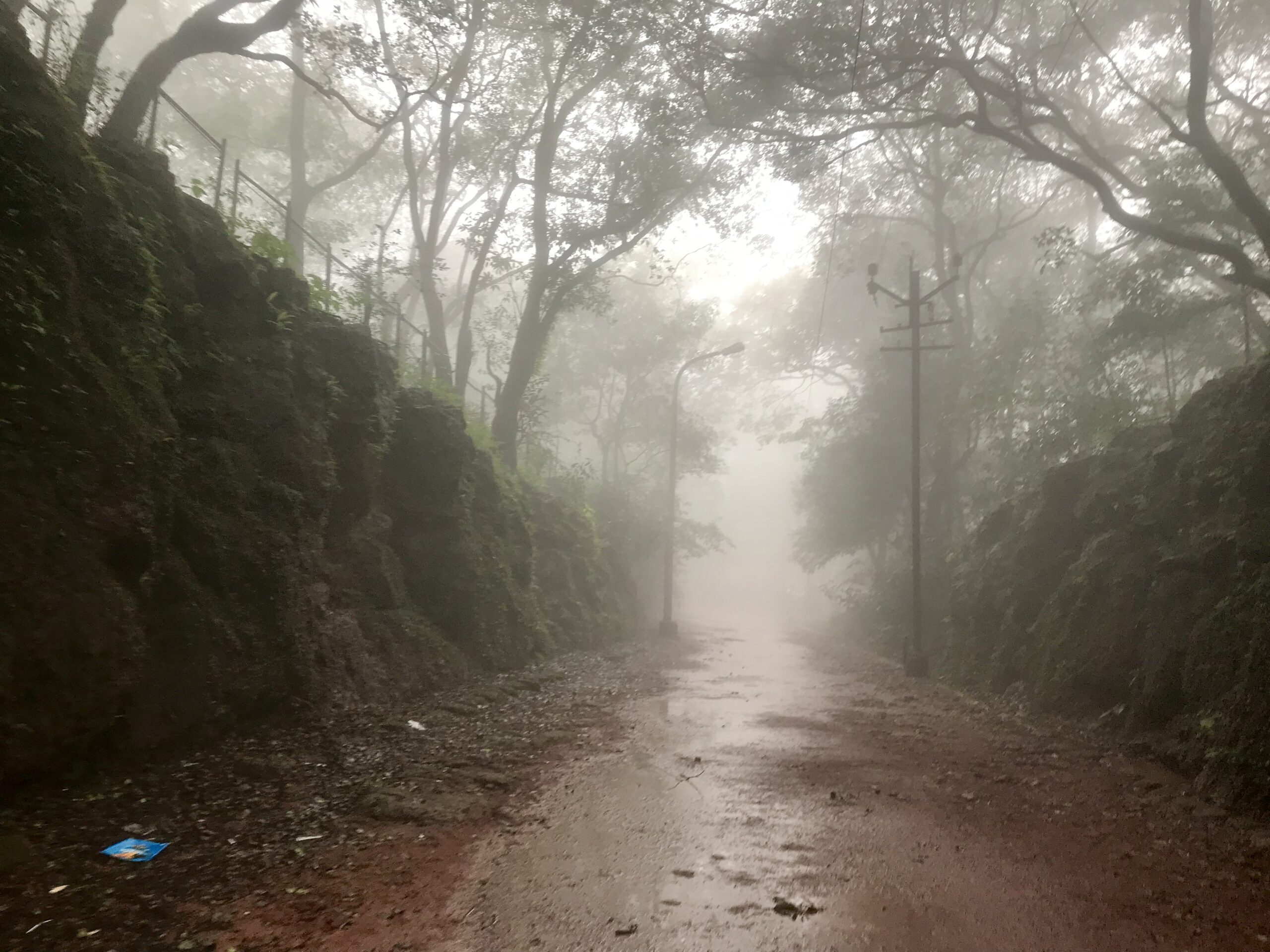 It took me longer than expected, almost 4 hours, to cover the distance. I could have questioned my abilities since I had finished half marathons of 21 km in less than 2 hours and 45 minutes, and this was only 4 km more. But then, mountain terrains are different from the roads I practice on, and it was my first time running on uneven hills.
It took me longer than expected, almost 4 hours, to cover the distance. I could have questioned my abilities since I had finished half marathons of 21 km in less than 2 hours and 45 minutes, and this was only 4 km more. But then, mountain terrains are different from the roads I practice on, and it was my first time running on uneven hills.
Moreover, I participated in it to challenge myself. As I crossed the finish line, I experienced an incredible feeling of accomplishment. I received my medal, enjoyed a hot breakfast, and savored a cup of garam chai. It was time to return home, bidding farewell to Matheran with a newfound confidence. Overall, it was about building mental and physical endurance – conquering the fear of getting stuck in the rainstorm and covering a distance bigger than I had done before in a different terrain.
Malshej Ghat Monsoon Marathon: Endurance Tested Amidst Nature’s Splendour
In 2022, after two long years of no marathon participation because of the COVID-19 pandemic, I decided to challenge my endurance and strength by participating in the Malshej Ghat Monsoon Marathon organised by club named Runniti. I was eager to get back into the race so that I could register for a full marathon again in 2023. And though I had been running smaller distances and exercising regularly during the COVID-19 lockdown periods, I was not too confident about a half marathon distance at that time.
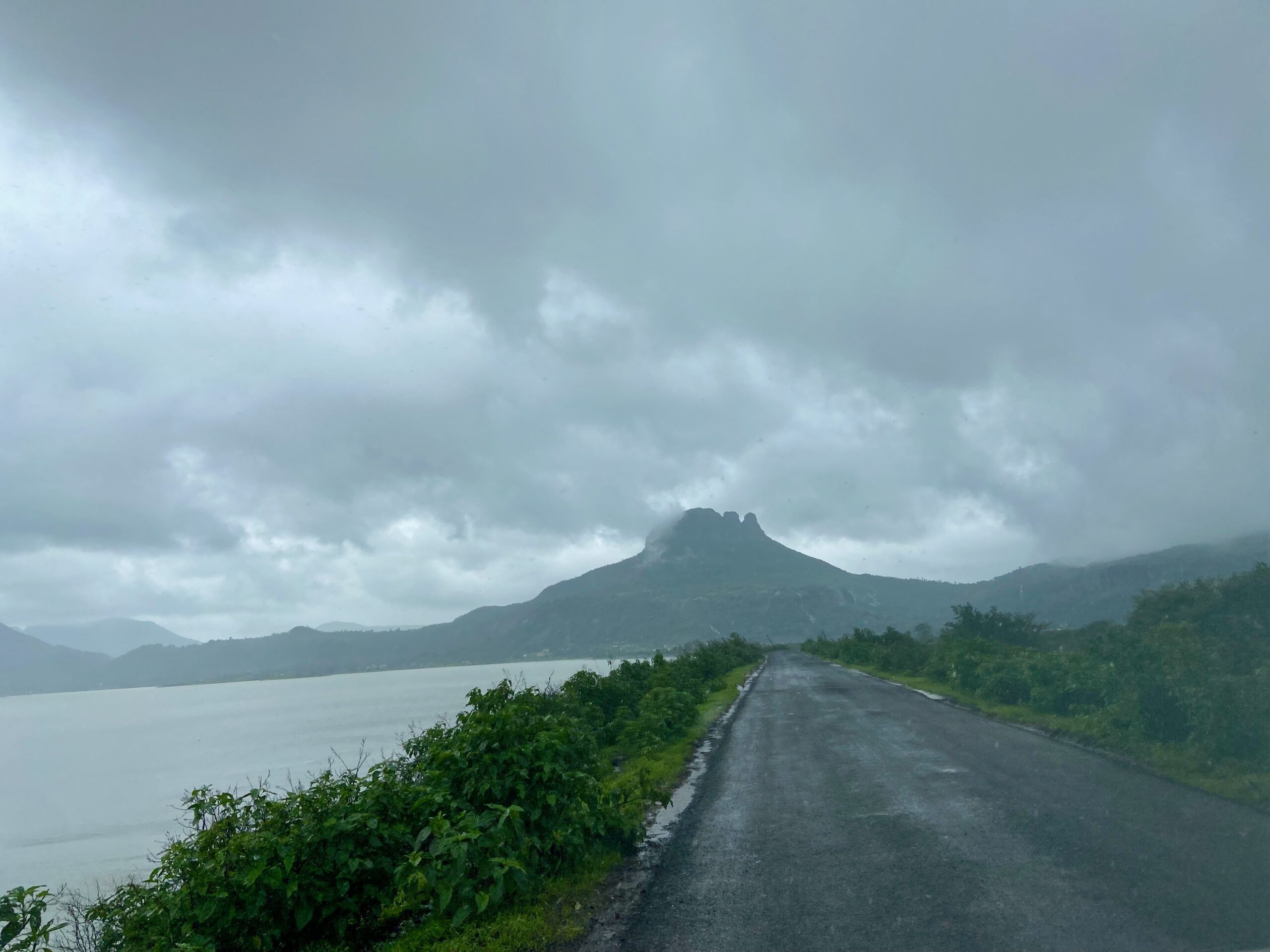
A Scenic Paradise and Setting for the Monsoon Marathon
Malshej Ghat is a popular ghat or mountain pass in Pune district, about 125 km from Mumbai. It is an evolving hill station and base camp for some famous trekking routes of the Sahyadri Mountain Range. In monsoons, the lush green mountain route turns into a pathway of natural waterfalls and attracts tourists from nearby regions. A running group named Runniti organized the Malshej Ghat Monsoon Marathon on the scenic route of the mountain pass in July 2022.
Now when I had registered for the race in May, I was not sure if I would be able to go for it or not, as I was not feeling too confident about my preparations. Hence I had not booked any transport or hotel facility. I was confident that I would manage it at the last moment, but it turned out to be a big mistake.

Challenges Along the Journey: Transport and Accommodation Woes
To begin with, I did not get any train tickets, bus travel seemed awfully tiring, and cabs were too expensive for a solo traveler’s pocket. Somehow, I managed to find two other senior runners from Mumbai who were willing to share the cab with me. However, I was not sure of my stay, and I thought I would figure out something when I reached there.
It was not raining much when we began our journey from Mumbai, but there was a lot of traffic on the expressway. Also, the uphill drive towards the venue for collecting our race bibs and T-shirts was quite rough, with huge potholes and muddy patches.
As darkness fell, the road conditions worsened. The fog enveloped the surroundings, making the journey to the MTDC resort, the race venue, even more challenging. To our dismay, we encountered an accident near the turn we had to take, reminding us of the risks and uncertainties of the endeavor.
Upon reaching the MTDC resort, I realized that all the rooms were occupied, and I hadn’t found anyone to share a room with. However, the organizers assured me that they would make alternative arrangements. To my surprise, I was offered a spot underneath a tin shed room, which is actually a resting place for trekkers before their expeditions. It wasn’t the most comfortable setup, with no beds and only thick sheets on the floor to keep us warm, but it was a testament to the spirit of endurance and adaptability that comes with participating in such events.

Throughout the night, rain lashed relentlessly, creating a cacophony as it pounded against the tin roof. Sleep was elusive, and the noise didn’t diminish. However, my determination remained unwavering as I knew the next morning would bring a new challenge.
In the early hours, before the first rays of dawn broke through the rain-laden clouds, I trudged through the slush surrounding the place I stayed to reach the vehicle that would transport us to the starting point. Despite the lack of restful sleep, the anticipation fueled my energy as I joined my fellow runners at the starting line.
Finding Rhythm in Nature’s Beauty: Running Through Mesmerizing Landscapes
As the race commenced, all the discomfort and fatigue from the previous night faded into the background. I found my rhythm, syncing my breath and heartbeat with each step. The first few kilometers were a downhill stretch, providing a gentle start. Then came a straight path, allowing me to settle into a steady pace.
The route led me through a mesmerizing landscape of hills and valleys, with winding paths and kutcha roads. The continuous rainfall added to the allure of the surroundings, making it a truly enchanting experience. Uphills and downhills tested my endurance, but I pressed on, determined to conquer the distance.

Though I hadn’t participated in the race with a specific timing goal in mind, my determination propelled me forward. With each kilometer, I pushed myself to run as much as possible, taking short breaks for water and occasionally walking to catch my breath. The scenic beauty of the Malshej Ghat kept me motivated, serving as a constant reminder of the magic of nature.
By the time I reached the finish line, I had run a maximum of 21 kilometers, surpassing my expectations and reigniting my confidence. The joy of completing the race filled me with a sense of accomplishment and satisfaction. I celebrated my achievement, cherishing the unique experience the Malshej Ghat Monsoon Marathon had provided.
Inspired by the magical monsoon marathon, I quickly registered for a full marathon, ready to take on the challenge of covering 42 kilometers. It was an adventure that would test my limits and push me to new heights. I learned the importance of booking a hotel in advance, ensuring a comfortable rest and proper nutrition before the race.
Satara Hill Half Marathon: Scenic Route and Unforeseen Obstacles
Satara Hill Half Marathon (SHHM) is one of Maharashtra’s most popular races. Held annually in the first week of September in Satara, the former capital of the Maratha Kingdom, SHHM attracts runners from around the world. Notably, it has achieved the GUINNESS WORLD RECORDS three times for the ‘Most People in a Single Mountain Run,’ showcasing its competitiveness and appeal.
Registration for the race opens in February, and spots are limited, necessitating swift booking. In 2018, I made sure to register promptly at 6 am as I had set my sights on participating in this prestigious event in the Maratha city.

Scenic Delights: Exploring the Kaas Plateau Forest
Taking place as the monsoon season is subsiding, SHHM enjoys pleasant weather and scenic surroundings. The race course traverses the renowned Kaas Plateau Forest, also known as the ‘mini valley of flowers.’ Situated 25 km from Satara, Kaas is a vast volcanic lateritic plateau within the Sahyadri Sub Cluster of the Western Ghats. It has earned UNESCO World Natural Heritage Site status due to its unique biosphere. By September, the plateau transforms into a colorful haven adorned with over 850 species of blooming flowering plants.
During SHHM in September, the flowers are just beginning to bloom, so participants don’t catch glimpses of the flower beds in its full glory. Nonetheless, pockets of vibrant blooms along the route create a mesmerizing experience.
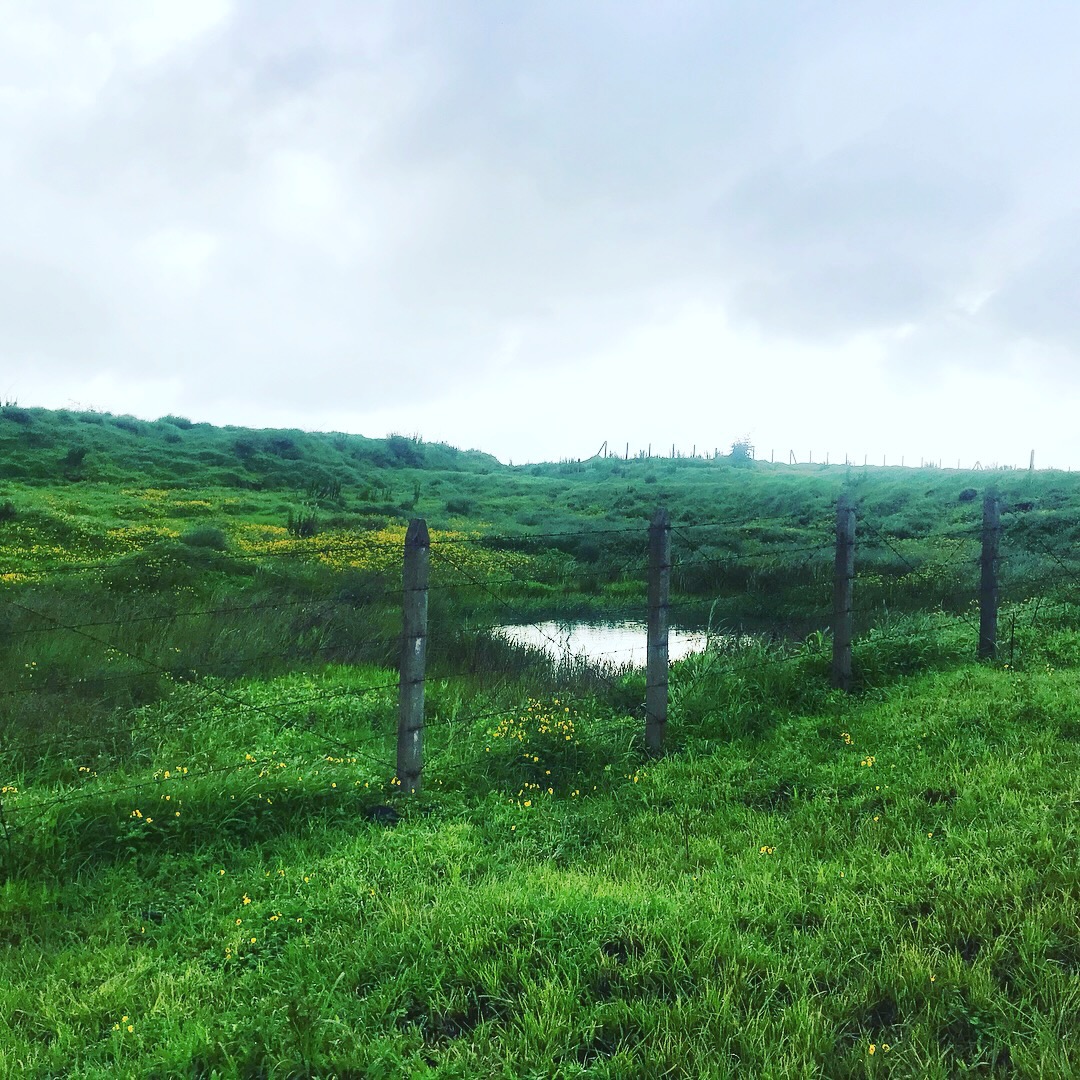
For SHHM, it is advisable to secure accommodation immediately upon registering since options are limited. Unfortunately, I made the mistake of not booking earlier and ended up sharing a room in a small hotel on the outskirts of the race venue. It wasn’t the most comfortable stay, but I managed to get some rest.
Uphill Battle: Conquering the Challenging Terrain
On the morning of the race, the venue buzzed with excitement as artists played exhilarating music on Tutari and Dhols to kick off the event. The first two kilometers were a relatively easy run on a flat road, but the next 9 km presented a grueling uphill challenge. The route was slightly damp from the previous night’s monsoon rain, and dew drops from the surrounding grasslands. Running uphill continuously tested my legs, prompting me to take short walk breaks to catch my breath. Occasional showers provided some relief along the way.
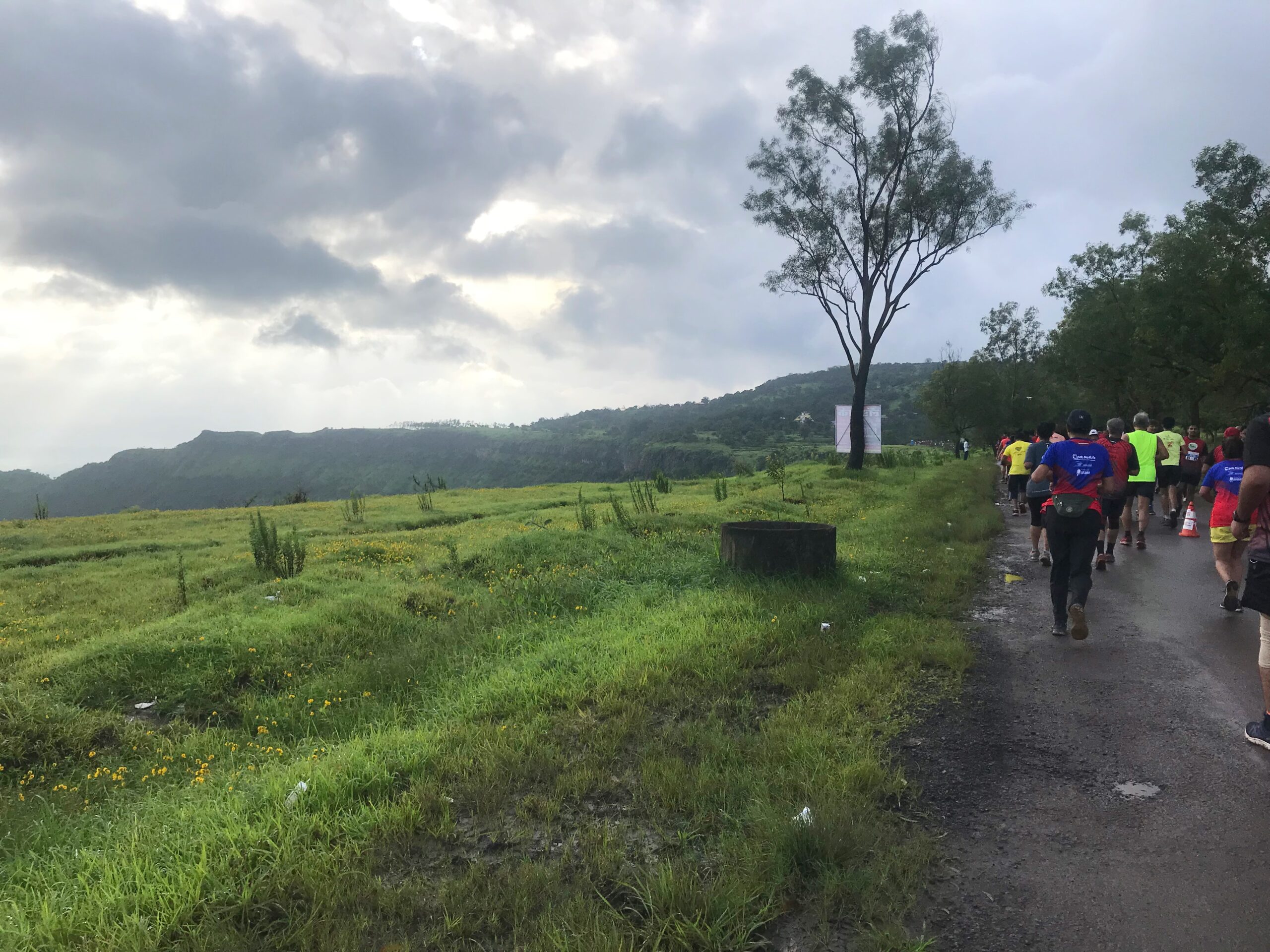
Lessons Learned: Injury Prevention and Body Strengthening
Naively, I believed that once I reached the summit, the downhill return would be effortless, allowing me to compensate for the uphill breaks. However, I learned this was a grave error in judgment. The truth hit hard when I encountered a major setback about 5-6 km from the 21.1 km finish line. My knee seized up, refusing to bend and causing excruciating pain. I limped on one leg as the other remained immobile. At the recovery station after the race, I discovered that I had suffered a common running injury known as an IT band injury. It became my first significant running-related injury, requiring subsequent physiotherapy sessions to regain mobility in my knee.
SHHM proved to be a true test of endurance, offering insight into why many runners speak highly of it. Although I completed the race and proudly obtained an intriguing medal, I also gained invaluable lessons on injury prevention and the importance of strengthening the body.
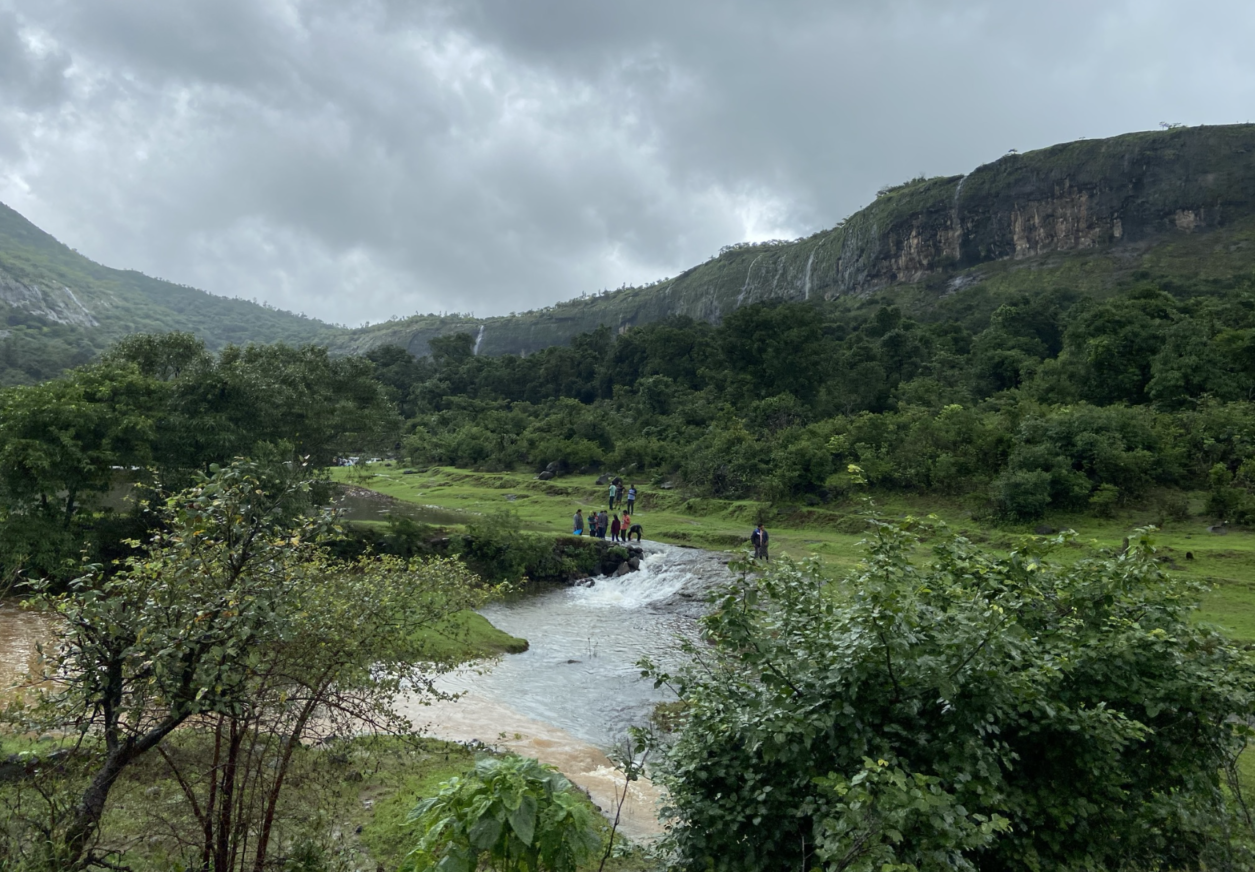


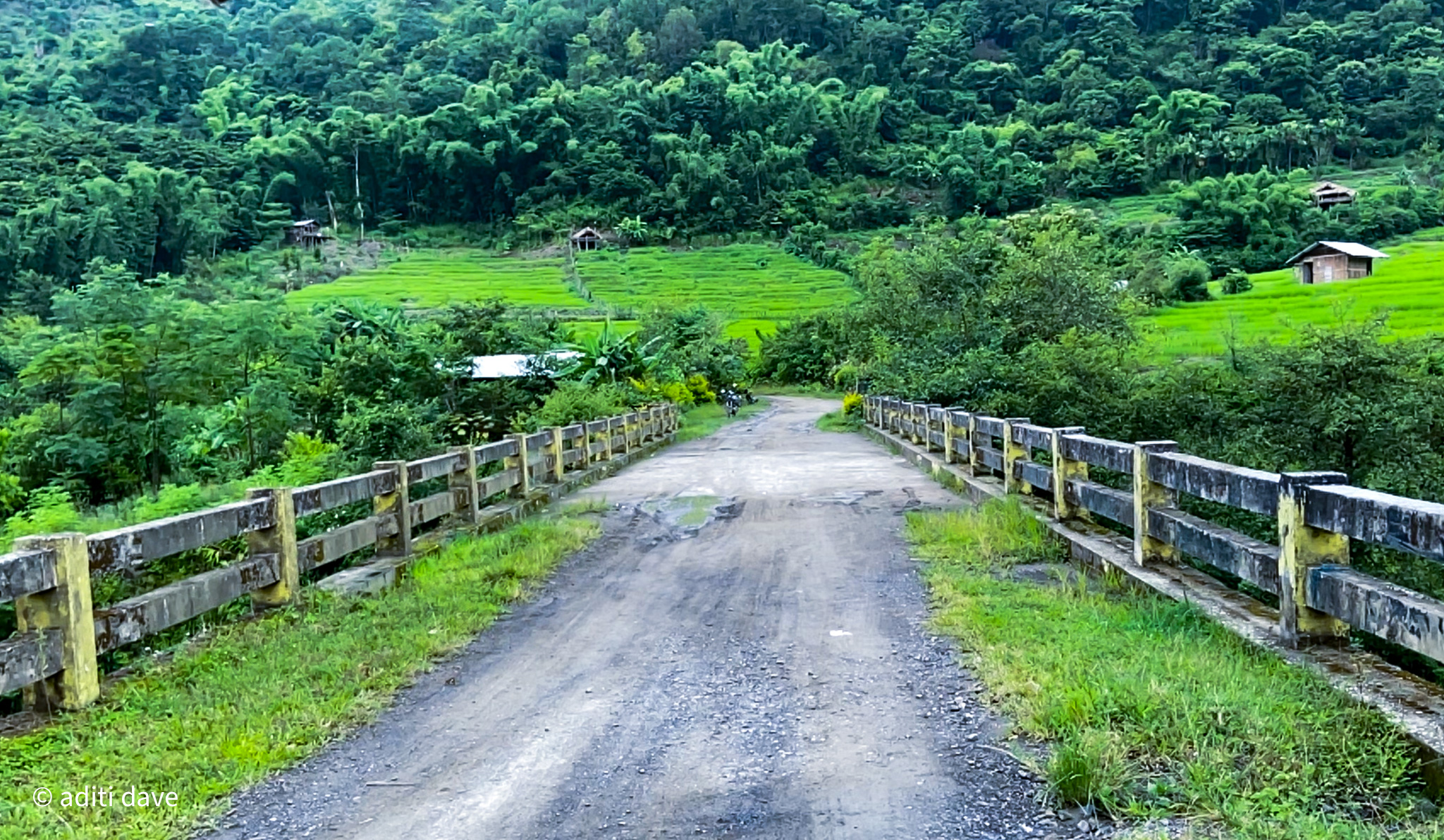
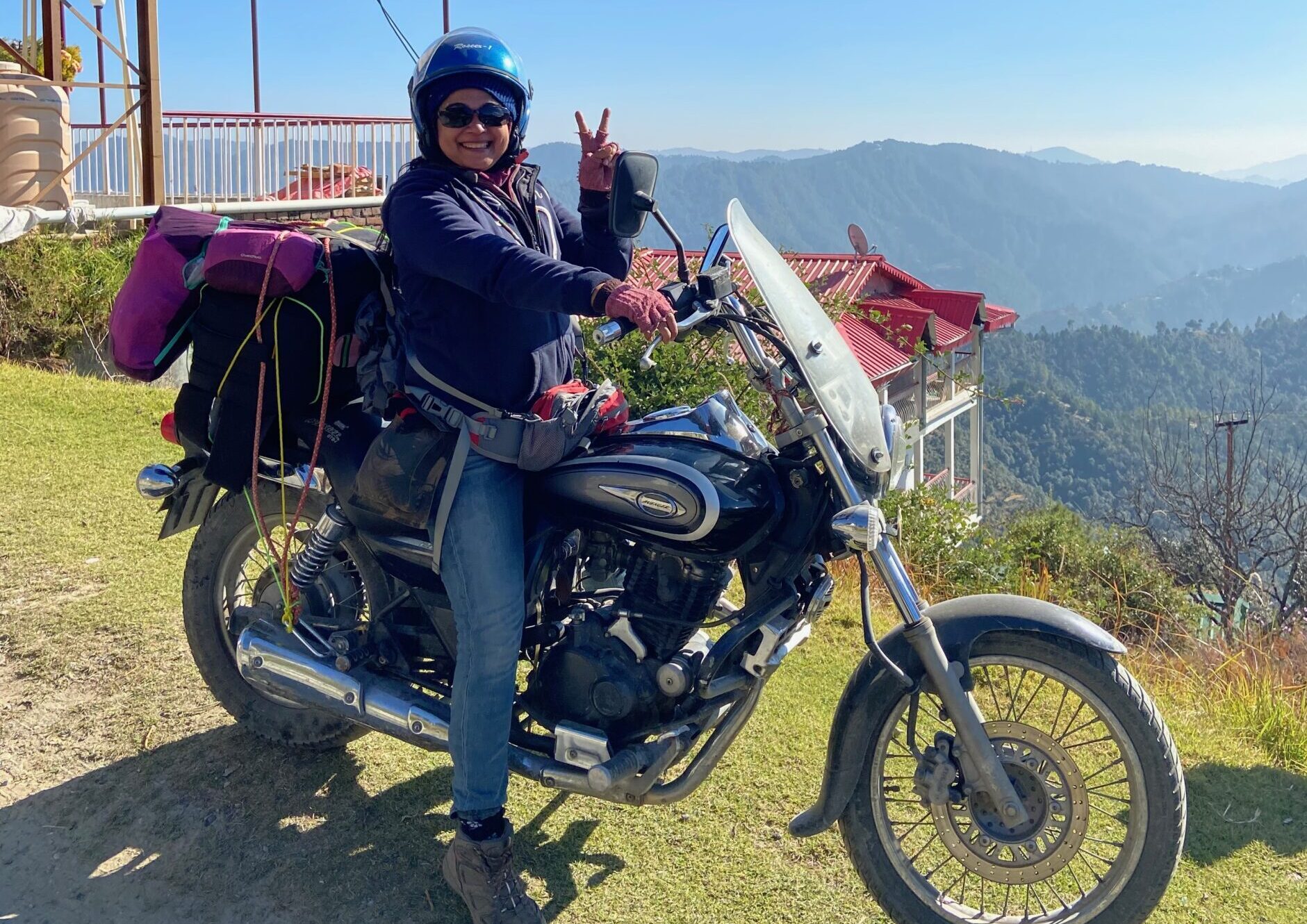
5 Comments
Pingback:
maneesh patel
Thanks for such wonderful article. i m excited for my upcoming Malsej Ghat and Satara Half Marathon. Your article helped to get pre glimpse of these wonderful events.
daveaditi@gmail.com
Thanks – All the best for the marathons – you will enjoy it
Milind
Which shoes you wear and does it not slip while running in rains. Pl reply on precautions to be taken during running in wet socks and shoes
daveaditi@gmail.com
Hi Thanks for reading – I wear proper running shoes of ASICS, Nike and even the Decathalon – Trail run shoes. Well running in wet socks is definitely uncomfortable and heavy – but the fun of the run helps to go on. Precautions are try to get out of the wet cloths as soon as possible post race – and yes practice & strength exercising helps keep balance. All the best